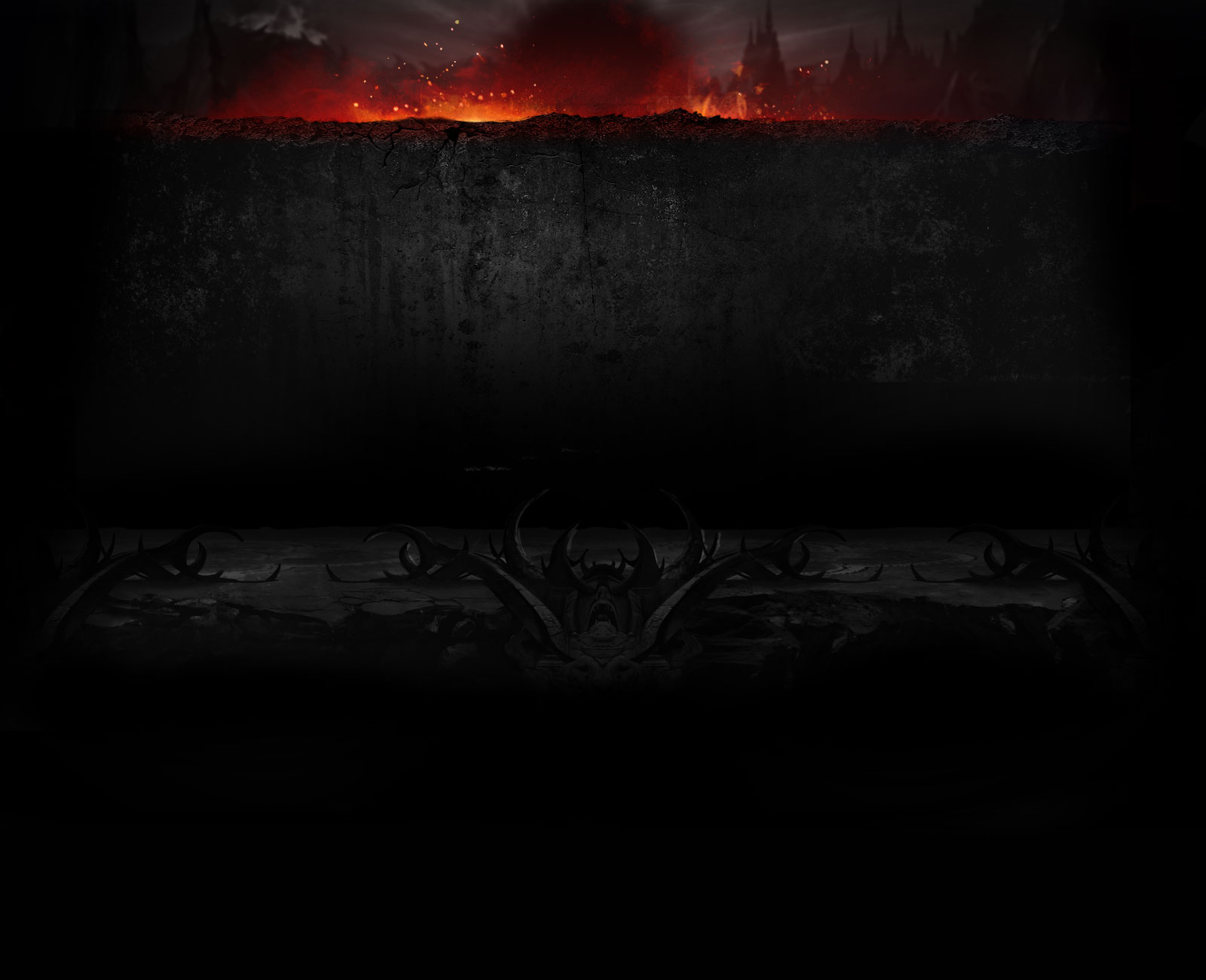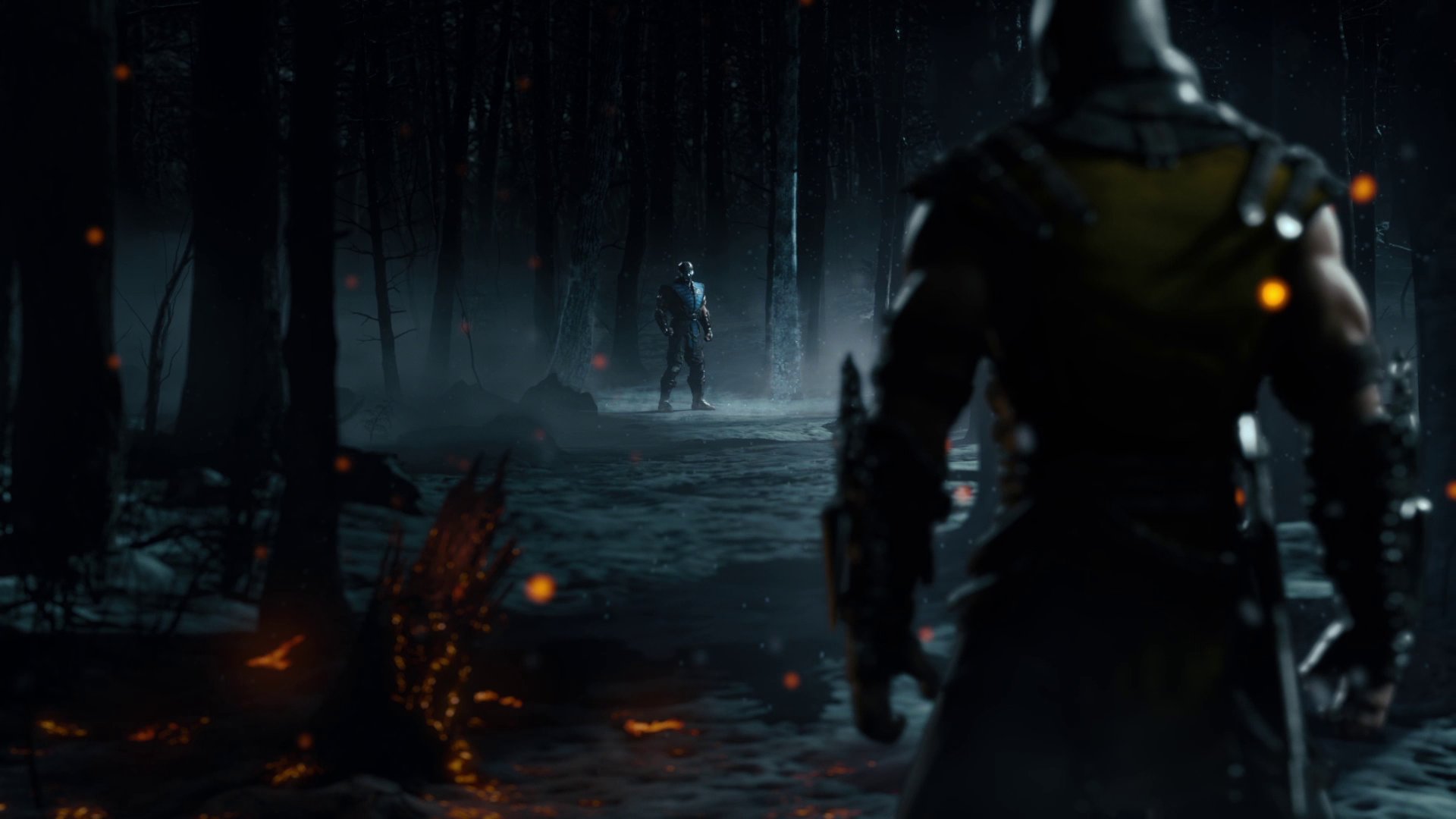After recording the different Fist Flurry combos, they look the same. I guess it just felt shorter idk.
Also, apparently some stuff is weird with Kenshi in Possessed form too.
1,DemonAssault actually works.
Regular 1 should be 10 startup, 2 active, 5 recover, 15 advantage, 17 cancel, so 10+2+5+15-17=15.
But, he can cancel into Demon Assault which is 18 frame startup.
More weird stuff.
Hi, so I've read
this and
this. My knowledge is based on these, so I've misunderstood them or they are incorrect in places.
Despite reading them both, several times over, I've still got a few questions - its a little difficult.
One quick question first: I've found some moves which have incorrect frame data, is there somewhere I should post this? (Reptile's slippery slide is -4 start up, not -5. Cassie's Hard sell kombo does not have 0 neutral advantage).
Learning how to combo
I'd just like to be clear on how the frame data works.
Start up - how long it takes to initiate the move
Active - duration of move, during which time you are unable to do anything else
Recover - duration of time it takes for you to recover if you MISS
Block Adv - duration of time you are vulnerable if you HIT but are BLOCKED
Hit Adv - duration of time opponent is vulnerable if you HIT
Cancel - ????
I don't really understand what cancel is. Could someone explain it, with an example perhaps?
Also, I'm having trouble creating combos. As an example, Cassie's "1,2" should be comboing with "2,1,2", because the hit advantage for "1,2" is 21, and the startup for "2,1,2" is 8. The bot is able to block though, why is this?
1: No clue on where to post incorrect frame data. I'm new here too.
2: Active (by my understanding) is not the duration of the move, but rather the amount of time an enemy can be hit by your move. Most of the time these are small, like 1-5 frames. This allows you a little bit of leeway, like enemies could walk into your attack or your attack could hit at the end of some animation or something, without actually being ridiculous. If your move had 1000 active frames, the enemy could sit still for 10 full seconds and walk forward then get hit by your attack. I dunno if that makes proper sense, but its like sticking your fist out. Until your fist is out, it wont hit anything, while your fist is out (or active) it can hit someone, while your fist is coming back, it wont hit anyone.
3: Recovery is not if you miss, but rather the time it takes to go from the end of your active frames to your neutral stance in which you can then do something else. Pretty much startup is like pushing your fist out to hit someone, active is when your punch actually hits, and recovery is when you're pulling your fist back to get back into fighting stance.
4: Both block adv and hit adv aren't necessarily either your or your enemy's vulnerability time. It's pretty much the amount of frames you got into your neutral stance before your enemy. If it's a negative, then your enemy got into neutral stance first and can therefore do something before you can; positive means you got into neutral stance first and can do something before him/her.
5: Your last point I don't really understand either. It seems there might be some mechanic that allows a person to block when your attack's recovery frames are over, but they still can't do anything else until your frame advantage is up. Besides negative frame advantage on hit, of course.
****EDIT****: From my understanding, most of the combos in this game will come from juggles or cancels. Making up stuff is fun, but dont forget that a lot of people here and elsewhere have plenty of combos you can look up. They're great for at least going "Oh, I didn't think about that! Maybe I can do something similar with this move/character"
6: Cancel frames are mostly what we've been debating. The original poster's view on these could be correct, or the newer view could be correct, we're not 100% sure, but what I think it is, is the amount of frames before your move will be cancelled, or potentially also the amount of frames you have to cancel your move.
So say a move has 10 startup, 2 active, 14 recovery, 8 frame advantage on hit, 20 cancel frames.
Your entire move takes up 10+2+14 frames from start to finish, so a total of 26.
Of those 26 frames, you can press the next input within the first 20 of them (I think), and at the end of those 20, the next move will come out.
That means that of those 26 original frames, because your first move got cancelled at 20, you basically skipped 6 frames. 26 (total duration) - 20 (cancel frames).
To calculate if your move will cancel into another properly, we believe it is
Startup + Active + Recovery + Frame Advantage On Hit - Cancel
Or in this example, 10+2+14+8-20, for a total of 14.
This number needs to be greater than or equal to the next move's startup.
If the next move had 10 frame startup, you could cancel into it because 14 > 10.
If the next move had 14 frame startup, you could cancel into it because 14 = 14.
If the next move had 16 frame startup, you could NOT cancel into it because 14 < 16.
In game examples of what we've been discussing are above, like
Jacqui in Full Auto has 2,3,BionicDash. 2,3 is 11 start, 2 active, 30 recover, 0 advantage, and 19 cancel. Bionic Dash has 24 frame startup. 11+2+30+0-19=24, which is greater than or equal to the next move's startup of 24. This combo works.
However, Jacqui in Full Auto using 2,3,LowRocket does not combo. LowRocket has a 30 frame startup. Since 2,3's 24 frame cancel-ability is not greater than or equal to LowRocket's startup, it doesn't work.
Sub-zero's 1,1 can link into his ice ball (30f frame start-up)
Sub-zero's second hit of his 1,1 has (info necessary for equation)
startup:9 Active:2 Recover:31
BAdv:-4 HAdv:7 Cancel:16
According to what I believe is the equation here the special would need to be < 23 frames to use, but It does work. The equation I came up with isn't as simple (still just arithmetic) but here it is
9+2+31=42=total frames
cancel at frame 16, so find the difference
42-16=26=gained advantage
7+26=33=new hit advantage
33>30 so the ice ball hits, but the overhead hammer(35f) won't.
Some of this could be wrong, but it's served me well in SF4 so far and besides things new to me like cancel frames, MKX frame data seems to be pretty similar. If it is wrong though, feel free to correct me.





